venlafaxine
Pronunciation: VEN la fax een
Brand: Effexor XR
Effexor 100 mg
pentagonal, peach, imprinted with W 100, 705
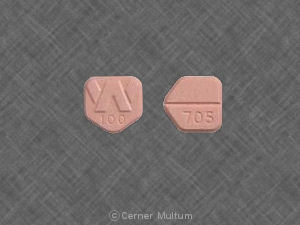
Effexor 25 mg
pentagonal, peach, imprinted with W 25, 701

Effexor 37.5 mg
pentagonal, peach, imprinted with W 37.5, 781
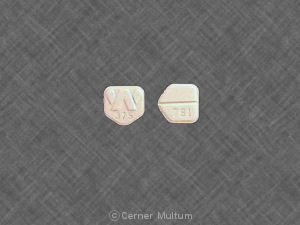
Effexor 50 mg
pentagonal, peach, imprinted with W 50, 703
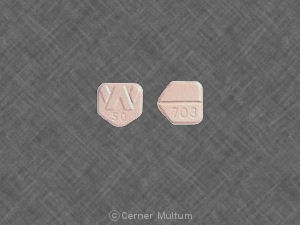
Effexor 75 mg
pentagonal, peach, imprinted with W 75, 704
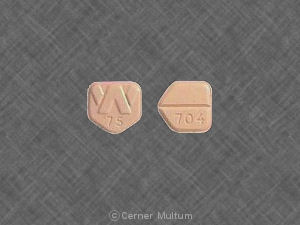
Effexor XR 150 mg
capsule, orange, imprinted with W Effexor XR, 150

Effexor XR 37.5 mg
capsule, gray/orange, imprinted with W Effexor XR, 37.5

Effexor XR 75 mg
capsule, orange, imprinted with W Effexor XR, 75
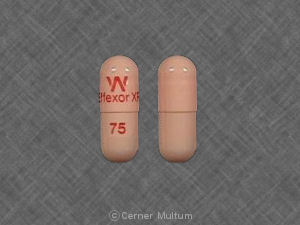
Venlafaxine 100 mg-AMN
oval, orange, imprinted with IP 305
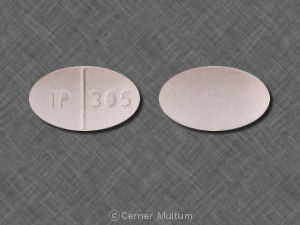
Venlafaxine 100 mg-MYL
round, yellow, imprinted with M V5

Venlafaxine 100 mg-TEV
round, peach, imprinted with 9 3, 7383

Venlafaxine 150 mg ER-TEV
capsule, orange, imprinted with 93 7386
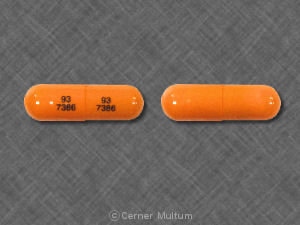
Venlafaxine 25 mg-AMN
round, orange, imprinted with IP 301

Venlafaxine 25 mg-MYL
round, yellow, imprinted with V 1, M
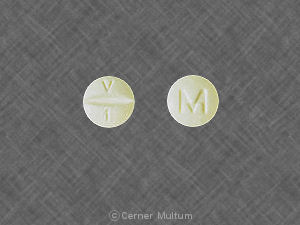
Venlafaxine 25 mg-TEV
round, peach, imprinted with 9 3, 199
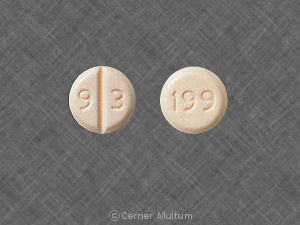
Venlafaxine 37.5 mg ER-TEV
capsule, brown/gray, imprinted with 93 7384

Venlafaxine 37.5 mg-AMN
round, orange, imprinted with IP 302

Venlafaxine 37.5 mg-MYL
round, yellow, imprinted with V 2, M

Venlafaxine 37.5 mg-TEV
round, peach, imprinted with 9 3, 7380

Venlafaxine 50 mg-AMN
round, orange, imprinted with IP 303
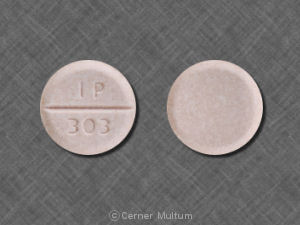
Venlafaxine 50 mg-MYL
round, yellow, imprinted with V 3, M
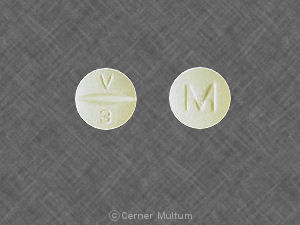
Venlafaxine 50 mg-TEV
round, peach, imprinted with 9 3, 7381

Venlafaxine 75 mg ER-TEV
capsule, brown, imprinted with 93 7385
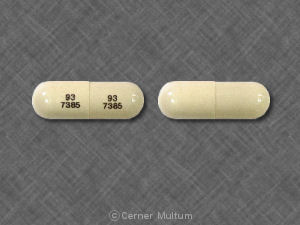
Venlafaxine 75 mg-AMN
oval, orange, imprinted with IP 304
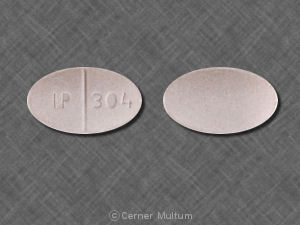
Venlafaxine 75 mg-MYL
round, yellow, imprinted with M V4
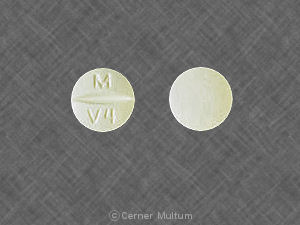
Venlafaxine 75 mg-TEV
round, peach, imprinted with 9 3, 7382

Venlafaxine ER 150 mg-APO
capsule, orange, imprinted with W Effexor XR, 150

Venlafaxine ER 37.5 mg-APO
capsule, gray/orange, imprinted with W Effexor XR, 37.5

Venlafaxine ER 75 mg-APO
capsule, orange, imprinted with W Effexor XR, 75

What is the most important information I should know about venlafaxine?
You should not take this medicine if you have uncontrolled narrow-angle glaucoma, or if you are being treated with methylene blue injection.
Do not use venlafaxine within 7 days before or 14 days after you have used an MAO inhibitor, such as isocarboxazid, linezolid, methylene blue injection, phenelzine, rasagiline, selegiline, or tranylcypromine.
Some young people have thoughts about suicide when first taking an antidepressant. Stay alert to changes in your mood or symptoms. Report any new or worsening symptoms to your doctor.
Do not stop using venlafaxine without first talking to your doctor.
What is venlafaxine?
Venlafaxine is a selective serotonin and norepinephrine reuptake inhibitor (SNRIs) antidepressant. Venlafaxine affects chemicals in the brain that may be unbalanced in people with depression.
Venlafaxine is used to treat major depressive disorder, anxiety, and panic disorder.
Venlafaxine may also be used for purposes not listed in this medication guide.
What should I discuss with my healthcare provider before taking venlafaxine?
You should not take this medicine if you are allergic to venlafaxine or desvenlafaxine (Pristiq).
Do not use venlafaxine within 7 days before or 14 days after you have used an MAO inhibitor, such as isocarboxazid, linezolid, methylene blue injection, phenelzine, rasagiline, selegiline, or tranylcypromine. A dangerous drug interaction could occur.
Some medicines can interact with venlafaxine and cause a serious condition called serotonin syndrome. Be sure your doctor knows if you also take opioid medicine, herbal products, or medicine for depression, mental illness, Parkinson's disease, migraine headaches, serious infections, or prevention of nausea and vomiting. Ask your doctor before making any changes in how or when you take your medications.
To make sure venlafaxine is safe for you, tell your doctor if you have ever had:
- bipolar disorder (manic depression);
- cirrhosis or other liver disease;
- kidney disease;
- heart disease, high blood pressure, high cholesterol;
- diabetes;
- narrow-angle glaucoma;
- a thyroid disorder;
- a history of seizures;
- a bleeding or blood clotting disorder;
- low levels of sodium in your blood; or
- if you are switching to venlafaxine from another antidepressant.
Some young people have thoughts about suicide when first taking an antidepressant. Your doctor will need to check your progress at regular visits while you are using venlafaxine. Your family or other caregivers should also be alert to changes in your mood or symptoms.
Venlafaxine may cause serious lung problems in a newborn if the mother takes the medicine late in pregnancy (during the third trimester). However, you may have a relapse of depression if you stop taking your antidepressant. Tell your doctor right away if you become pregnant while taking venlafaxine. Do not start or stop taking this medicine during pregnancy without your doctor's advice.
Venlafaxine can pass into breast milk and may harm a nursing baby. You should not breast-feed while using this medicine.
Venlafaxine is not approved for use by anyone younger than 18 years old.
How should I take venlafaxine?
Follow all directions on your prescription label. Do not take this medicine in larger or smaller amounts or for longer than recommended.
Venlafaxine should be taken with food. Try to take venlafaxine at the same time each day.
Do not crush, chew, break, or open an extended-release tablet or capsule. Swallow it whole.
To make the extended-release capsule easier to swallow, you may open the capsule and sprinkle the medicine into a small amount of applesauce. Swallow all of the mixture without chewing, and do not save any for later use.
It may take several weeks before your symptoms improve. Keep using the medication as directed. Do not stop using venlafaxine without first talking to your doctor. You may have unpleasant side effects if you stop taking this medicine suddenly.
Your blood pressure will need to be checked often.
This medicine can cause you to have a false positive drug screening test. If you provide a urine sample for drug screening, tell the laboratory staff that you are taking venlafaxine.
Store at room temperature away from moisture and heat.
What happens if I miss a dose?
Take the missed dose as soon as you remember. Skip the missed dose if it is almost time for your next scheduled dose. Do not take extra medicine to make up the missed dose.
What happens if I overdose?
Seek emergency medical attention or call the Poison Help line at 1-800-222-1222.
What should I avoid while taking venlafaxine?
Drinking alcohol with this medicine can cause side effects.
Ask your doctor before taking a nonsteroidal anti-inflammatory drug (NSAID) for pain, arthritis, fever, or swelling. This includes aspirin, ibuprofen (Advil, Motrin), naproxen (Aleve), celecoxib (Celebrex), diclofenac, indomethacin, meloxicam, and others. Using an NSAID with venlafaxine may cause you to bruise or bleed easily.
Venlafaxine may impair your thinking or reactions. Be careful if you drive or do anything that requires you to be alert.
What are the possible side effects of venlafaxine?
Get emergency medical help if you have signs of an allergic reaction: skin rash or hives; difficulty breathing; swelling of your face, lips, tongue, or throat.
Report any new or worsening symptoms to your doctor, such as: mood or behavior changes, anxiety, panic attacks, trouble sleeping, or if you feel impulsive, irritable, agitated, hostile, aggressive, restless, hyperactive (mentally or physically), more depressed, or have thoughts about suicide or hurting yourself.
Call your doctor at once if you have:
- blurred vision, tunnel vision, eye pain or swelling, or seeing halos around lights;
- easy bruising or bleeding (nosebleeds, bleeding gums), blood in your urine or stools, coughing up blood;
- cough, chest tightness, trouble breathing;
- a seizure (convulsions);
- low levels of sodium in the body --headache, confusion, slurred speech, severe weakness, vomiting, hallucinations, feeling unsteady, slow breathing; or
- severe nervous system reaction --very stiff (rigid) muscles, high fever, sweating, confusion, fast or uneven heartbeats, tremors, feeling like you might pass out.
Seek medical attention right away if you have symptoms of serotonin syndrome, such as: agitation, hallucinations, fever, sweating, shivering, fast heart rate, muscle stiffness, twitching, loss of coordination, nausea, vomiting, or diarrhea
Common side effects may include:
- vision changes;
- nausea, vomiting, diarrhea;
- changes in appetite or weight;
- dry mouth, yawning;
- dizziness, headache, anxiety, feeling nervous;
- fast heartbeats, tremors or shaking;
- sleep problems (insomnia), strange dreams, tired feeling;
- increased sweating; or
- decreased sex drive, impotence, or difficulty having an orgasm.
This is not a complete list of side effects and others may occur. Call your doctor for medical advice about side effects. You may report side effects to FDA at 1-800-FDA-1088.
What other drugs will affect venlafaxine?
Taking this medicine with other drugs that make you sleepy can worsen this effect. Ask your doctor before taking venlafaxine with a sleeping pill, narcotic pain medicine, muscle relaxer, or medicine for anxiety, depression, or seizures.
Many drugs can interact with venlafaxine. Not all possible interactions are listed here. Tell your doctor about all your current medicines and any you start or stop using, especially:
- any other antidepressant;
- cimetidine;
- St. John's wort;
- tramadol;
- tryptophan (sometimes called L-tryptophan);
- a blood thinner --warfarin, Coumadin, Jantoven;
- medicine to treat mood disorders, thought disorders, or mental illness --buspirone, lithium, and many others; or
- migraine headache medicine --sumatriptan, zolmitriptan, and others.
This list is not complete and many other drugs can interact with venlafaxine. This includes prescription and over-the-counter medicines, vitamins, and herbal products. Give a list of all your medicines to any healthcare provider who treats you.
Remember, keep this and all other medicines out of the reach of children, never share your medicines with others, and use this medication only for the indication prescribed.
Every effort has been made to ensure that the information provided by Cerner Multum, Inc. ('Multum') is accurate, up-to-date, and complete, but no guarantee is made to that effect. Drug information contained herein may be time sensitive. Multum information has been compiled for use by healthcare practitioners and consumers in the United States and therefore Multum does not warrant that uses outside of the United States are appropriate, unless specifically indicated otherwise. Multum's drug information does not endorse drugs, diagnose patients or recommend therapy. Multum's drug information is an informational resource designed to assist licensed healthcare practitioners in caring for their patients and/or to serve consumers viewing this service as a supplement to, and not a substitute for, the expertise, skill, knowledge and judgment of healthcare practitioners. The absence of a warning for a given drug or drug combination in no way should be construed to indicate that the drug or drug combination is safe, effective or appropriate for any given patient. Multum does not assume any responsibility for any aspect of healthcare administered with the aid of information Multum provides. The information contained herein is not intended to cover all possible uses, directions, precautions, warnings, drug interactions, allergic reactions, or adverse effects. If you have questions about the drugs you are taking, check with your doctor, nurse or pharmacist.
Copyright 1996-2018 Cerner Multum, Inc. Version: 14.01. Revision date: 7/11/2017.